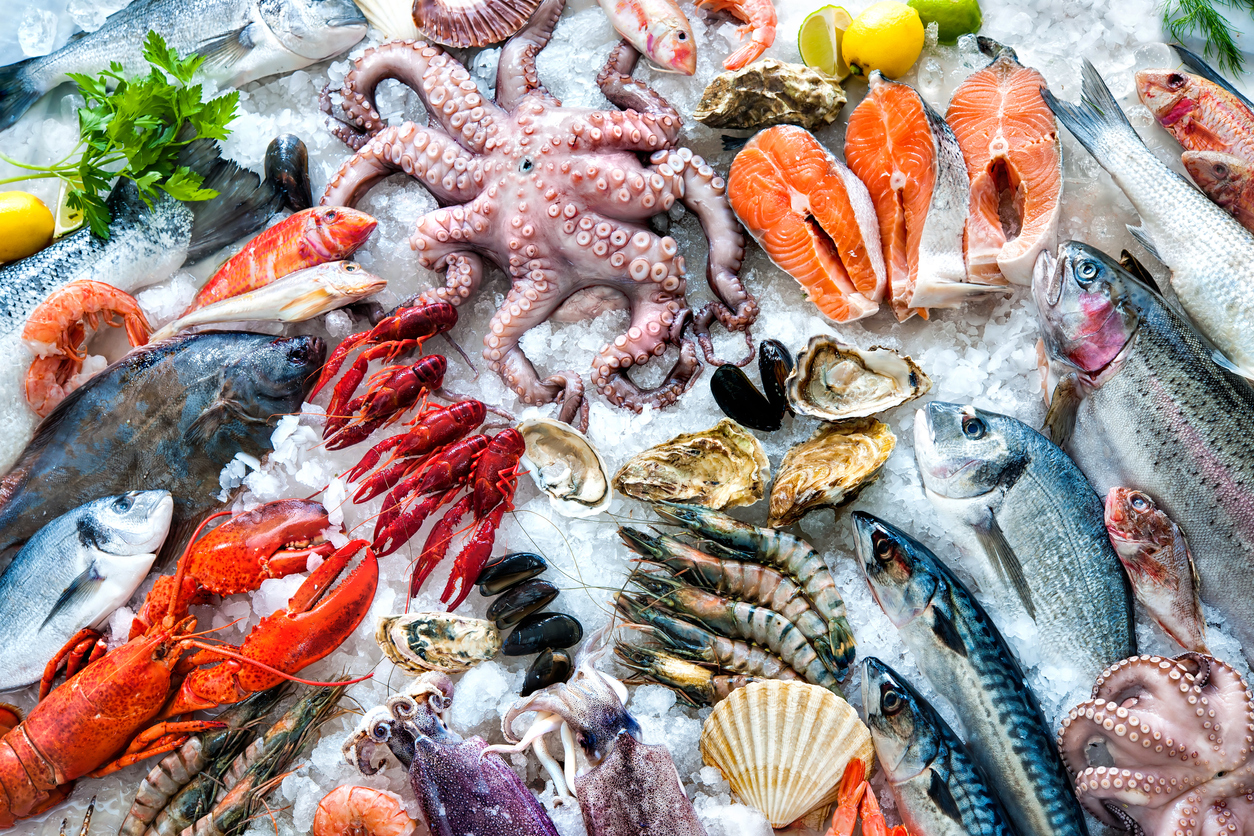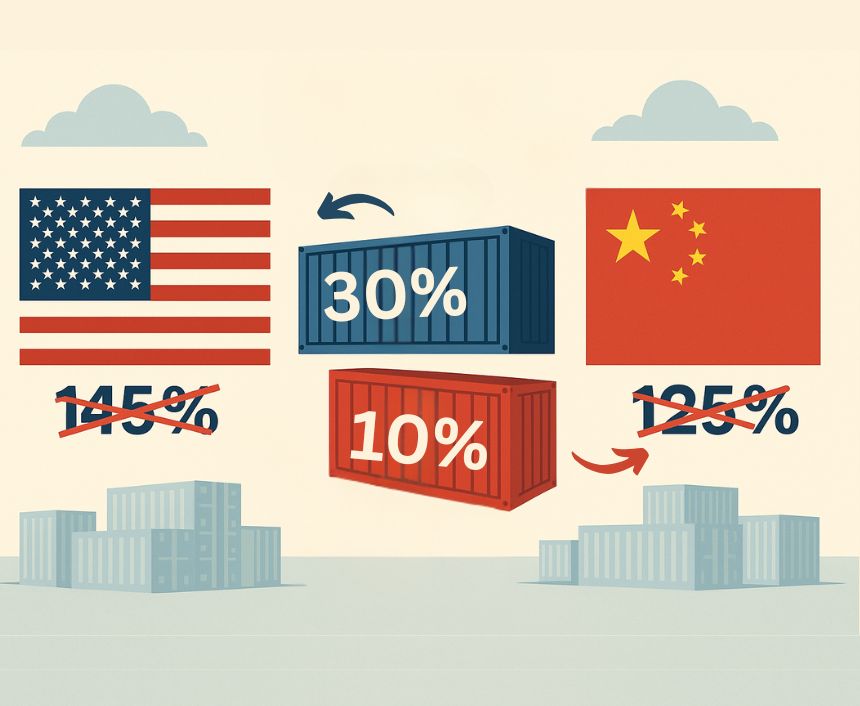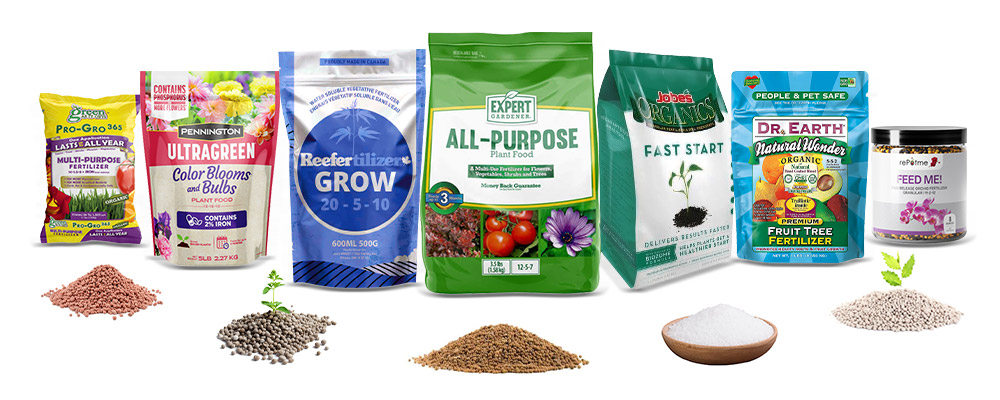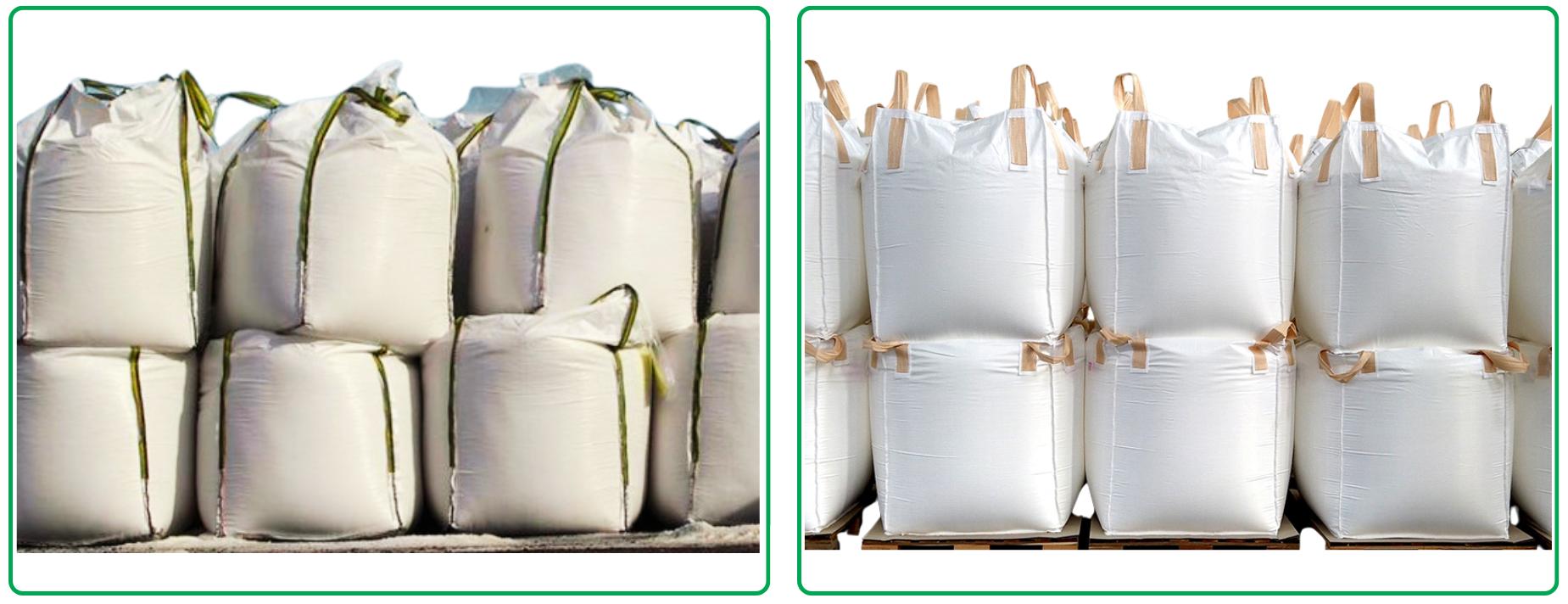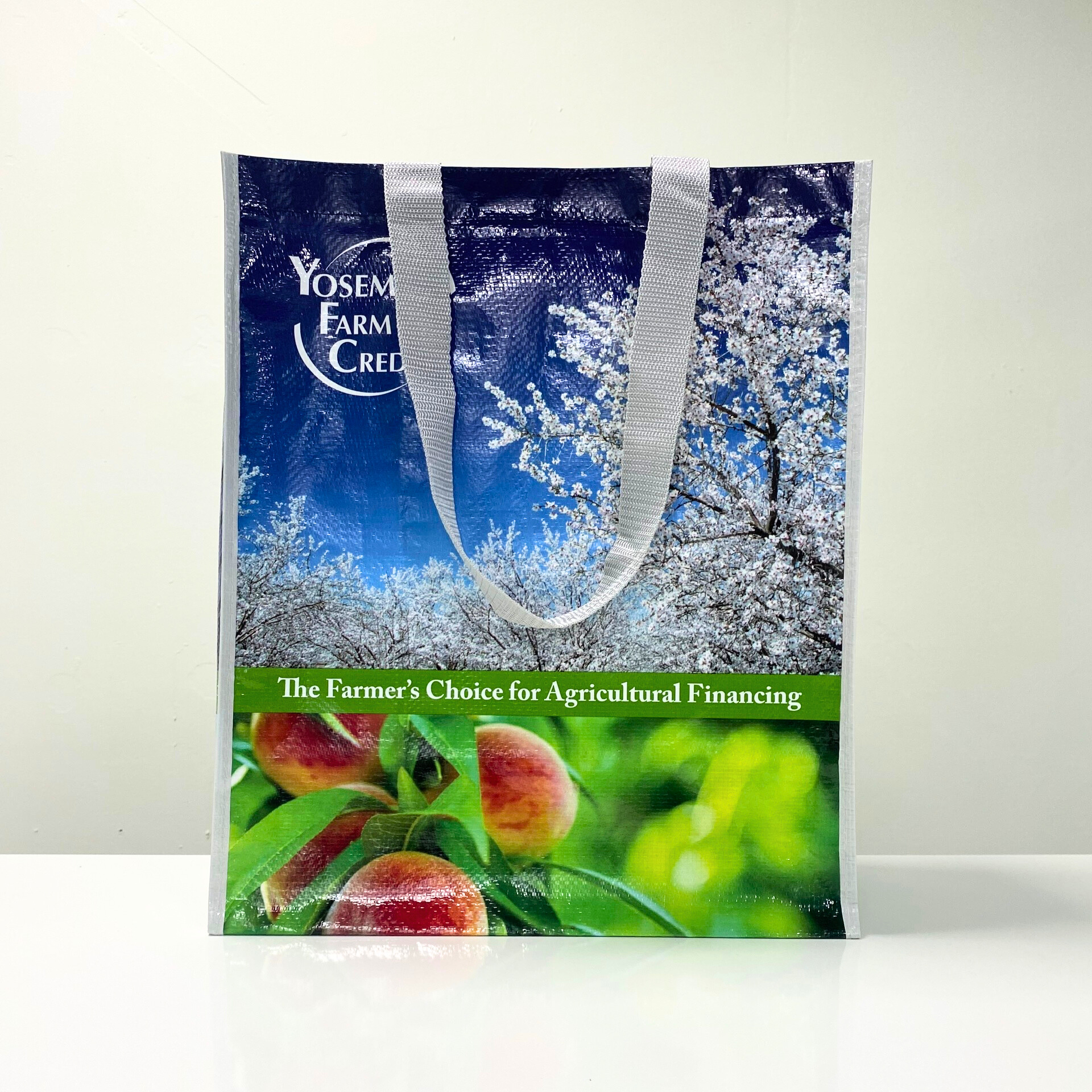As plastic pollution grows more severe, eco bags have become increasingly popular among consumers and brands looking for greener choices. These reusable bags are seen as a simple yet powerful way to reduce single-use plastics – but many still wonder: What are eco bags, what are they made of, and are they truly eco-friendly?
This article breaks down everything you need to know – from materials and biodegradability to how often eco bags must be reused to make a real difference for the planet.
1. What are eco bags?
Eco bags, or environmentally friendly reusable bags, are sustainable alternatives to single-use plastic bags. They are made from durable materials like cotton, jute, hemp, polypropylene (PP), or recycled plastic (rPET), allowing them to be reused many times instead of being thrown away after one use. While a plastic bag is used for only about 12 minutes but takes hundreds of years to decompose, an eco bag is designed to last much longer.
Using eco bags helps reduce plastic waste, protect marine life, and lower pollution in landfills and oceans. Many stores and governments now encourage reusable bags to promote greener habits among consumers.
Beyond practicality, eco bags also reflect a responsible and modern lifestyle. Carrying one shows care for the environment and commitment to sustainable living.
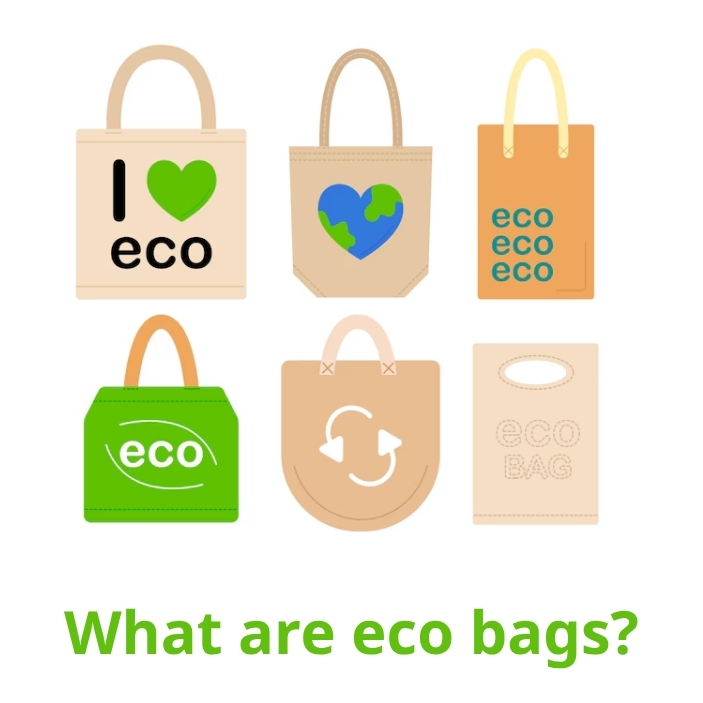
What is eco bag made of?
Eco bags can be made from many sustainable materials. Each type has unique strengths in terms of durability, environmental impact, and usability. Here are the most common ones:
2.1 Cotton bags
Cotton bags are soft, washable, and biodegradable, making them a popular eco-friendly choice. Organic cotton is grown without harmful chemicals, offering a cleaner production process, though it consumes a lot of water. To balance its carbon footprint, one cotton bag should be reused over 130 times.

2.2 Jute bags
Jute, often called the “golden fiber,” is a fast-growing plant that requires little water and no fertilizer. It produces strong, compostable fibers ideal for shopping or grocery bags. Jute bags are naturally rustic, durable, and highly sustainable.
2.3 Hemp bags
Hemp is one of the strongest natural fibers in the world. It grows quickly, needs minimal water, and enriches the soil it’s planted in. Hemp bags are durable, breathable, and fully biodegradable—perfect for long-term use.
2.4. Polypropylene (PP) bags
PP bags are made from woven or non-woven polypropylene plastic. They are lightweight, water-resistant, and can be reused dozens of times. Though not biodegradable, they are recyclable and require far fewer reuses to offset their production impact compared to cotton.

2.5 rPET bags
rPET bags are produced from recycled plastic bottles and packaging waste. They help reduce landfill and ocean pollution while providing a strong, lightweight alternative to virgin plastic. Even a few reuses make rPET bags environmentally positive compared to single-use plastics.

2.6 Paper and bamboo bags
Paper bags and bamboo are renewable materials that decompose naturally. Paper bags can be easily recycled, while bamboo grows rapidly without fertilizers. Both options are biodegradable, though paper production still consumes significant water and energy.
3. Are eco bags biodegradable?
Whether eco bags are biodegradable depends entirely on the material they are made from. Some can naturally decompose over time, while others must be recycled to minimize their environmental impact.
3.1 Biodegradable materials
Cotton, jute, hemp, bamboo, and paper are all biodegradable because they come from natural plant fibers. These materials break down naturally in soil and can even be composted under the right conditions. Bags made from cornstarch or PLA (polylactic acid) – derived from plants like corn or sugarcane – are also biodegradable, taking just a few months to decompose in industrial composting facilities.
3.2 Non-biodegradable materials
Bags made from polypropylene (PP) or rPET are not biodegradable because they are plastic-based. However, both can be recycled and reused many times, significantly reducing their overall carbon footprint. Still, if disposed of improperly, they may contribute to microplastic pollution.
3.3 Key takeaway
The real solution to plastic pollution begins with reducing the production of virgin plastic. As highlighted by Cleanhub (2024), the world already has more than enough plastic in circulation, but continued production driven by major petrochemical companies worsens the crisis. Cutting back on new plastic creation is the first and most impactful step toward a cleaner planet.
Equally important is the creation of a global circular economy, where waste is properly managed, reused, and recycled across borders. This approach encourages sustainable consumption, supports reusable materials like eco bags, and ensures long-term environmental protection through international cooperation and responsible production.
4. Is eco bag really eco-friendly?
Eco bags are only truly eco-friendly when they are used enough times to balance out the energy and materials required to produce them. While reusable bags help reduce plastic waste, their manufacturing – especially for cotton – often uses large amounts of water and energy, which can outweigh the benefits if they’re not reused frequently.
4.1 Environmental impact of production
Producing cotton bags consumes significant resources. For instance, creating enough cotton for one T-shirt uses as much water as an adult drinks in 900 days. Dyeing, stitching, and transporting these bags also release carbon emissions. Some designs that include PVC prints or coatings are even harder to recycle and can persist in landfills.
4.2 Minimum reuse counts
To make a real environmental difference, each type of bag needs to be reused multiple times:
- Recycled plastic bags: at least 2 times
- Non-woven PP bags: 11–14 times
- Paper bags: 3 times for climate impact, 43 times overall
- Cotton bags: 131 times for climate impact, 173 times overall
- Composite bags: 870 times
- Organic cotton bags: up to 20,000 times (a debated figure since it includes broader environmental factors like ozone depletion)
The best solution is to reuse what you already have. Whether it’s cotton, jute, or rPET, the real environmental benefit comes from long-term use, not from buying more “eco” bags. True sustainability starts with using less and using longer.
Conclusion
Eco bags offer a practical way to reduce plastic waste, but their true benefit depends on consistent reuse. A cotton, jute, or rPET bag only becomes genuinely eco-friendly when it replaces hundreds of single-use plastics over time. Reusing what you already have is far more sustainable than constantly buying new “green” products.
On a larger scale, the key lies in cutting down virgin plastic production and building a circular economy where materials are reused and responsibly managed. With mindful habits and collective action, eco bags can move beyond trend status to become a real part of the global solution.



